That was the essence of testimony offered in the Pennsylvania Capitol this week by Philadelphia-area short line operator and passenger rail advocate Bennett Levin before the state House of Representatives Transportation Committee. He was the sole witness at the hearing.
Current service consists of 13 weekday Keystone Service round-trips (many of which run through to New York) and a single daily New York-Pittsburgh train, the Pennsylvanian. The state, through the Pennsylvania Department of Transportation, has sponsored the Pennsylvanian since its start-up on April 27, 1980, following the 1979 demise of Amtrak’s National Limited.
The federal government should transfer ownership of the 103-mile Harrisburg-Philadelphia line to the state, Levin says, the Southeastern Pennsylvania Transportation Authority should take over as provider of Keystone Service.
“SEPTA is one of the best managed commuter rail operators in the nation and there is no reason why their franchise cannot be modified to allow them to run west of Thorndale to Harrisburg,” Levin says. “Therefore the initial step in crafting a solution in the Pittsburgh region is to divorce Amtrak by having the U.S. Department of Transportation gift the Harrisburg Line to Pennsylvania and let SEPTA provide the existing Keystone Service.
“Pennsylvania will have cut out the ‘middleman’ and our taxpayers [will] get full value for every dollar they spend for rail passenger service. We have already paid for the Harrisburg Line; we should own it.”
Amtrak’s top management, Levin says, includes no one with practical railroad experience, and is guilty of “bizarre conduct” that does not bode well for Pennsylvania passenger railroading. “It is very evident that rather than focusing on running a first-rate passenger railroad, Amtrak’s senior management is focused on developing real-estate assets,” he says.
Between the state and SEPTA, Pennsylvania taxpayers pay Amtrak more than $1 million a week to provide Amtrak passenger service as well as access for SEPTA trains on the eastern third of the Harrisburg Line. Together, Levin says, PennDOT and SEPTA have spent more than $250 million for infrastructure improvements on the Harrisburg Line.
Among these improvements are completely new stations built or under construction at Paoli, Exton, Downingtown, Mount Joy, Elizabethtown, and Middletown.
The 81 weekday SEPTA trains on the Harrisburg Line carry 20,000 passengers; the 26 weekday Keystone trains carry 4,130 people, and the single daily Pennsylvanian round-trip carries more than 560 passengers a day.
Levin acknowledged that SEPTA operation of Keystone trains would mean a change of trains at Philadelphia’s 30th Street Station for passengers continuing to or from New Jersey or New York City. “Those folks going to New York, let them walk downstairs,” he says, referring to the upper level and lower level platforms at 30th Street.
As for western Pennsylvania, Levin said the Pennsylvanian’s present schedule is timed to serve fewer than 10 percent of its passengers – those connecting to the Washington-Chicago Capitol Limited in Pittsburgh at inconvenient times. An earlier westbound schedule would serve more passengers and would allow for a turnback commuter run between Pittsburgh and Johnstown, similar to the short-lived (1981-1983) Fort Pitt, which linked Pittsburgh and Altoona on a similar equipment-sharing basis.
Once the Johnstown-Pittsburgh service is established and the Pennsylvanian is given a more convenient time slot, expansion of cross-state frequency can be addressed, perhaps as a non-electrified extension of a SEPTA or Keystone train.
“Almost 90 percent of the passengers riding the Pennsylvanian do not connect with the Capitol Limited,” Levin says. “Therefore it is not a stretch to conclude that today’s Pennsylvanian does not provide the most optimal service for most potential users.”
Following the 1995 discontinuance of Amtrak’s Broadway Limited, the Pennsylvanian was left as the sole cross-state train, and it was rescheduled. “The [new] schedule was forced upon the Commonwealth to serve the few folks that connect to and from Amtrak’s Capitol Limited in the middle of the night, or before dawn, at Pittsburgh,” Levin said.
The state capital budget has money earmarked to provide infrastructure improvements for the Norfolk Southern Harrisburg-Pittsburgh main line to allow for additional capacity, but talks have gone nowhere. Numerous studies have been conducted but have produced little result.
Levin has taken members of the Legislature to Pittsburgh aboard his private cars three times in the recent years to make the point that improved passenger service is possible. He volunteered to testify before the committee after attending a meeting in Altoona in August 2019 when “everyone [seemed to be] talking past each other,” he tells Trains News Wire. “All these studies have been [bull]. It’s my belief that Norfolk Southern is a perfectly rational partner, once you get Amtrak out of the picture.
“I stand by [the testimony],” he says. “It had to be said and had to be said to the Legislature. I have not had one negative comment [on the proposal].”





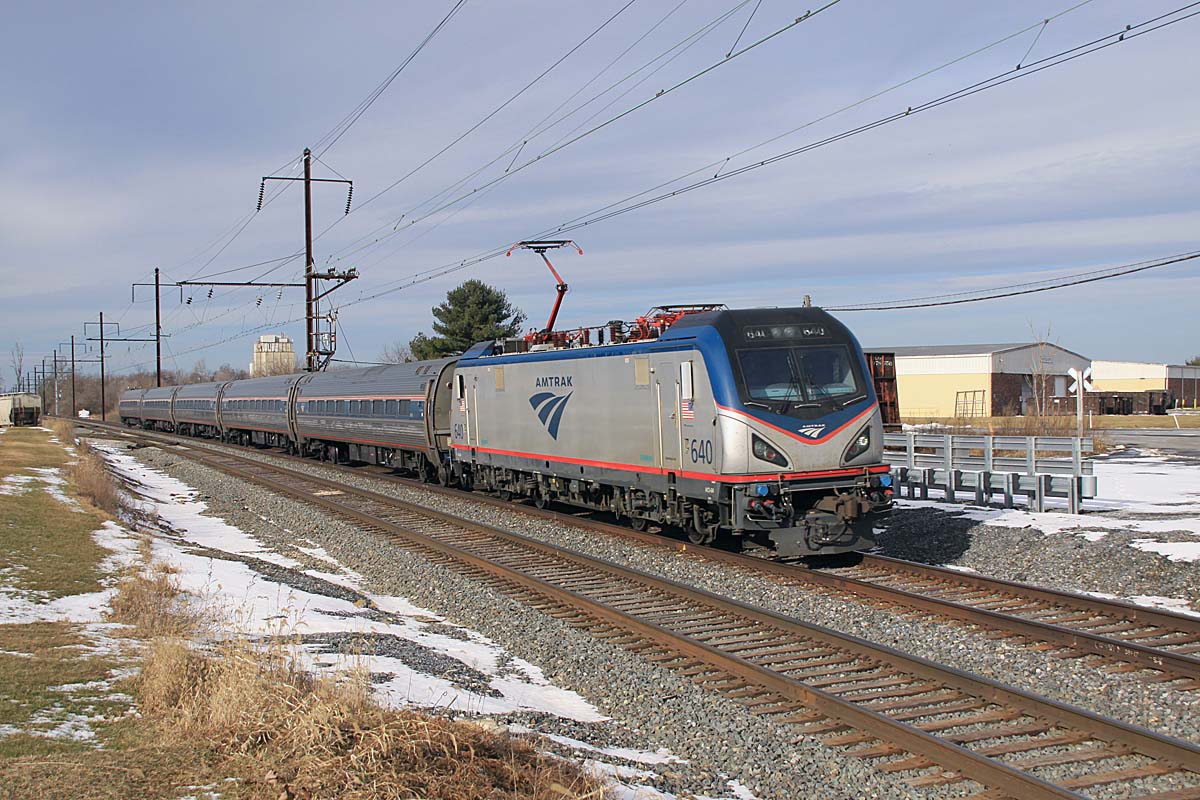

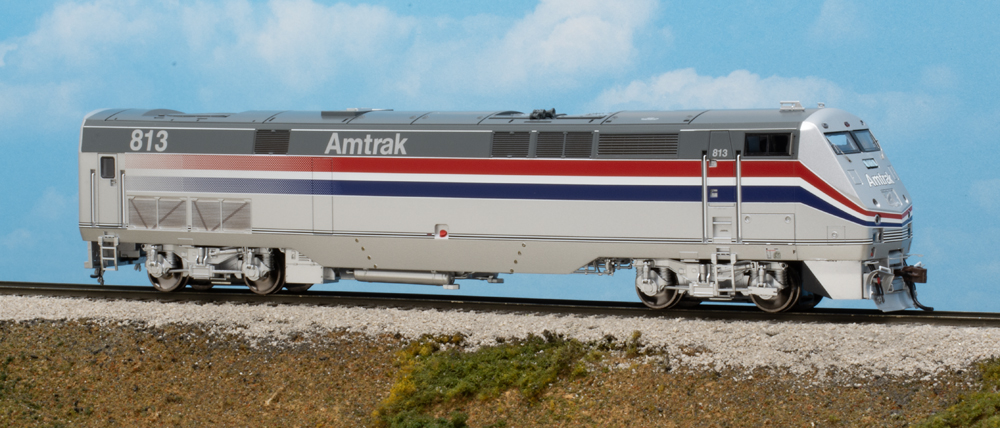
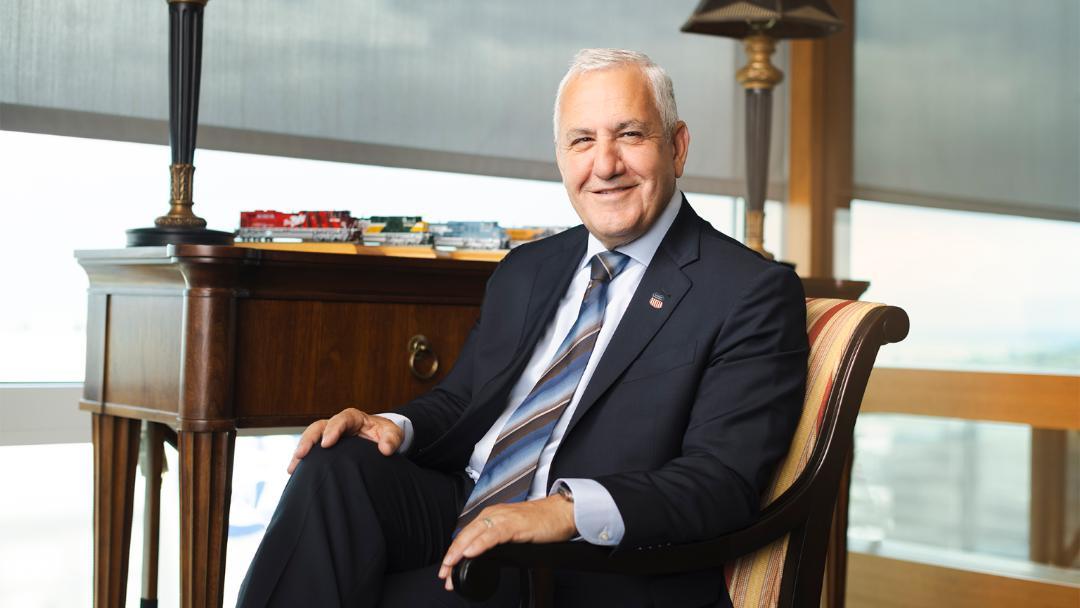
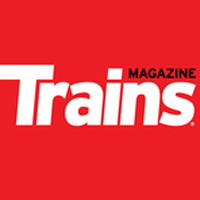
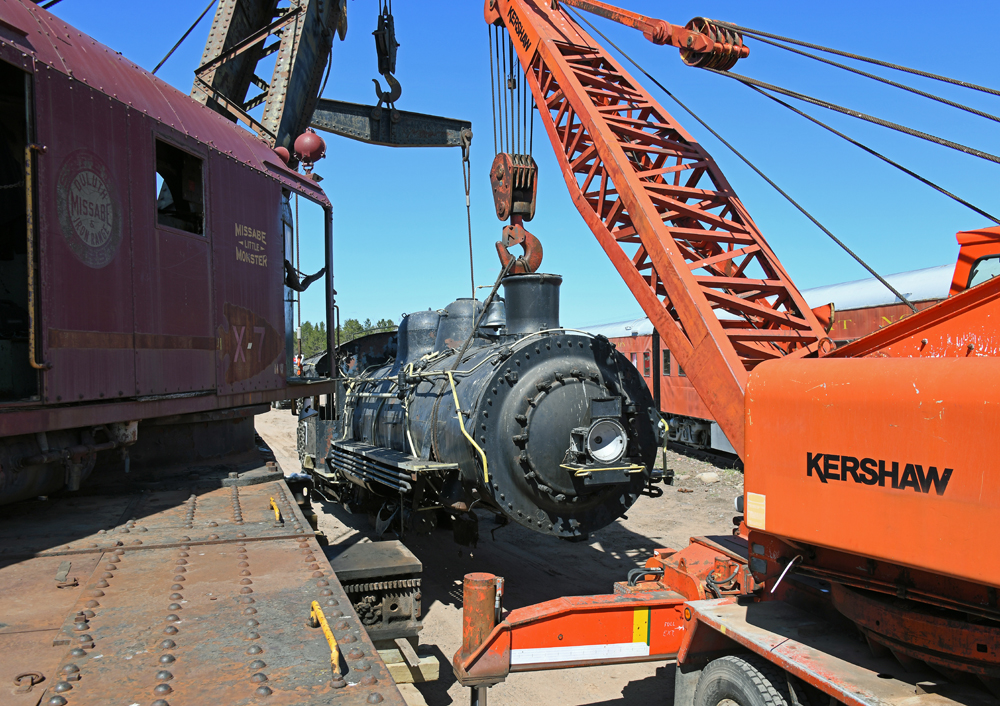




This article highlights why Amtrak’s concept of focusing on corridors and eliminating long distance services is not feasible. Amtrak should focus on the long distance trains and leave the corridors to the states and private operators.
If Amtrak were creative, there is no reason there couldn’t be through cars connecting to the Amtrak Capitol. But that would require a level of innovation and imagination that probably doesn’t exist.
That would be all well and good, but the first time their employees went on strike for any reason, they’ll be up a creek without a train.
Yes, Pennsylvania deserves better. In my own humble opinion, a very doable first expansion would be service from Philadelphia 30th st lower level to Reading or a little further maybe to Wyomissing or Outer Station. It appears that there are four very capable actors involved: PennDOT, NS, SEPTA and RBMN, Berks county, not so much, aren’t they the ones that killed it in 1981? I am Sooo jealous of the great rail service Lancaster has! I think the city of Reading (I live in Berks) is ready for a revival and I really believe that robust rail service would be an important catalyst. A millennial can still buy a house in Reading/Berks! Wouldn’t it be great to maintain the fleet in the old Reading shops complex, with dozens of great local craft jobs? Walk to work, am I being ridiculous? Couple of Station/parking projects, gauntlet track or two, NS wouldn’t even know we were there. How about some Stadtler RDCs al la NJ Transit River line? The hipsters in Phoenixville would be so excited they would probably vomit. Further thought: If this worked, maybe some of the tougher projects would get some political support. I especially like the revival of the Lackawanna route to Scranton….or Binghampton…electrification….Whoa, whoa stop, Bill
Mr Levin is correct about the timing of the Capitol Limited. Back in the early 2000s the private RR car I was in and his private RR car were on the same train. His was at the rear while ours was in the middle. At midnight he was dropped off at Pittsburgh while we continued to Chicago.
Now what made this train special was the consist. Lead loco was the normal Amtrak unit. Then locos painted for service in CA. Then came the regular consist with Superliners. Then us in the 1937 Budd. Then Superliners for CA service. Then the mail cars. Then Bennett’s car. Talk about comments on the radio. -)
The Capitol Limited is scheduled not for those getting to PA. It is scheduled for getting people out of DC and to Chicago the next morning Westbound. Eastbound is scheduled to get people out of Chicago but not much else.
Bring on the Iowa Pacific super domes . Oh yeah, nevermind.
Is SEPTA the best managed? It didn’t used to be, but that was a long time ago and I haven’t paid attention lately.
It would be interesting for Trains to follow up on that. What defines a best manged commuter operation? And how does each operator do on the scorecard?
If travel times to Pittsburg could be improved a bit (using tilt equipment?) you could get two turns a day out of the two sets used for the Pennsylvanian instead of one. That would improve the economics considerably and bring increased ridership (and thus political support). But it wouldn’t fit with the idea of turning back to serve the commuter market as the Fort Pitt used to do. Maybe we need four sets of tilt equipment (and a fifth for spare)?
Both states and private car operators are not happy with Amtrak, though most are not outspoken as Levin. You’ll hear similar things said privately elsewhere.
He is right. NS is perfectly rational. Additional passenger trains on the Pittsburgh Line? The rational answer is no. (without a boat load of money, that is…) All the folks he used to deal with at NS are gone.
Mister Landey:
I didn’t attend MIT, I was never a student there. But I did do a job there once (don’t ask, you don’t want to know) and I have been in the Infinite Corridor. In December.
The above comments are generic in nature and do not form the basis for an attorney/client relationship. They do not constitute legal advice. I am not your attorney. Don’t drive like my brother.
While I am in favor of increased service to Pittsburgh, I would miss the connection between the Eastbound Capitol Limited and the Pennsylvanian, inconvenient as the early morning wait in the dismal Pittsburgh station may be.
ANNA – Well you must have attended MIT in the summer when everyone else was gone. I do remember shoveling at my cousin’s apartment at Central Square, Cambridge (a mile north of MIT). It was a lot. This was on a side street off MassAve. Two or three snowplows went by just during the time I was out there. This was before DeLorean snowplows, I think they were Maseratis.
That was your average Massachusetts winter storm. Then there are the Nor’Easters in the springtime (in the coastal areas) that can bury a car in a few hours. These melt the next day but that’s a heavy runoff because the snow is heavy and wet as well as deep.
Mister Landey:
I don’t know about the snow in the rest of the state but in my experience the snow in the area around MIT isn’t so bad.
Living in Central PA I just don’t see any support for other than maybe a second daily Pittsburg to Harrisburg round trip. People can talk all they want about expensive extensions of rail service up the Lehigh Valley but I just don’t see enough political support in the other 3/4’s of the Commonwealth to fund it. Non PA readers need to be aware former Philly mayor turned governor Rendell fatally “poisoned the water” when he tried to fund Philly and surrounding area transportation improvements by tolling I-80 so that the Northern and Central tiers of the state were the only ones actually paying for what he wanted to spend in his SE PA political base in.
Having Septa take over Harrisburg to Philly may or may not be a good idea. However, I doubt Amtrak would be in favor of all Keystone trains terminating in Philly as that leaves a gap in their Philly to NYC service they would be under pressure to fill.
If Amtrak wants to use real estate revenue (a la Brightline) as a funding source for rail operations, I think that is a great idea, but you can’t sacrifice the quality of your operations in order to get there.
If however, Amtrak management wants to get their RE fully developed so they can bundle it for a spin off. That may work in the M&A hallways in NYC, but that leaves your railroad high and dry with a lot of liabilities.
If you want to spin off transportation rights to franchisees, and allow the entities to purchase slots at Amtrak owned stations (like an airline would do at an airport), so be it, but at least be transparent about it.
ANNA – You and your DeLorean snowmobile certainly get around, don’t you? I think the only three places you haven’t lived are those where I have – SE Massachusetts, SE Michigan and SE Wisconsin. My Subaru snowmobile sure comes in handy in the last-named. (I’m used to snow – in Massachusetts snow is measured by feet, not by inches.)
Regarding the article, I don’t know what to say. I don’t know what’s to gain – or what’s to lose- by Amtrak flying apart into pieces. Many corridors are in-state (Keystone, Empire, North Carolina. all Illinois corridors except the Hiawatha, the California corridors certainly) while others cross state lines (Hiawatha, Virginia into DeeCee, NEC). Regarding Amtrak, someone needs to take the throttle and straighten out that mess.
I have to agree with both Mister Levin and Mister Kamp, below.
Having lived in Quakertown I can say that there is no reasonable public transit between upper Bucks and the Greater Philadelphia area. If you don’t have a car you are hooped.
The line between Lansdale and Quakertown is in poor condition and has been lifted and/or paved over west of Quakertown. This was the old Bethlehem main, and it was (and is, in some parts still) double-tracked. I don’t know what it would take to reinstall the line – as far as I know the ROW is still there – and electrify it, but had it been there when I was living in the area I would have most happily have ridden it into Lansdale.
Is SEPTA well managed? That, I cannot say. I can say that R5, R2, and R1 services run frequently, are well patronized, reasonably comfortable, and inexpensive enough that there is no way I would ever take a car into the Philadelphia downtown core. And this from someone who grew up with her foot on the throttle.
The above comments are generic in nature and do not form the basis for an attorney/client relationship. They do not constitute legal advice. I am not your attorney. Arnie’s Whole-Beef Hams, we deliver. Offer not available in Sectors R and U.
Mr. Levin is right. It is time for Pennsylvania to take charge of it’s passenger rail infrastructure. Moving SEPTA toward a larger mandate as an Eastern Pennsylvania regional passenger rail service provider is a great first step.
A great second step for a broadened mandate would be reconnecting Philadelphia to one of our states most populous areas by reconnecting the 850,000 people of the Lehigh Valley via the Allentown, Bethlehem, Quakertown and Lansdale corridor. This time with sustainable electrically-powered service all the way and integration with a nascent trail system in the corridor.
A third step would be for this new entity to extend service from Norristown through Phoenixville to Reading and even on to Pottsville where support of the existing railroad already exists. All would be along historic RRR/PRR right-of-ways and could even be integrated with further development/enhancement of the Schuylkill River Trail System.
The fourth step would be to support the extension of NJTransit Service to the same Lehigh Valley destinations via High Bridge, Phillipsburg and Easton on the historic CNJ/LVRR right-of-way.
The fifth step would be to support the extension of NJTransit Service to Scranton Wilkes-Barre via the Delaware Water Gap, Stroudsburg, and Pocono Summit on the historic DL&W right-of-way.
The final step would be to support the re-connection of Scranton Wilkes-Barre to the Lehigh Valley.